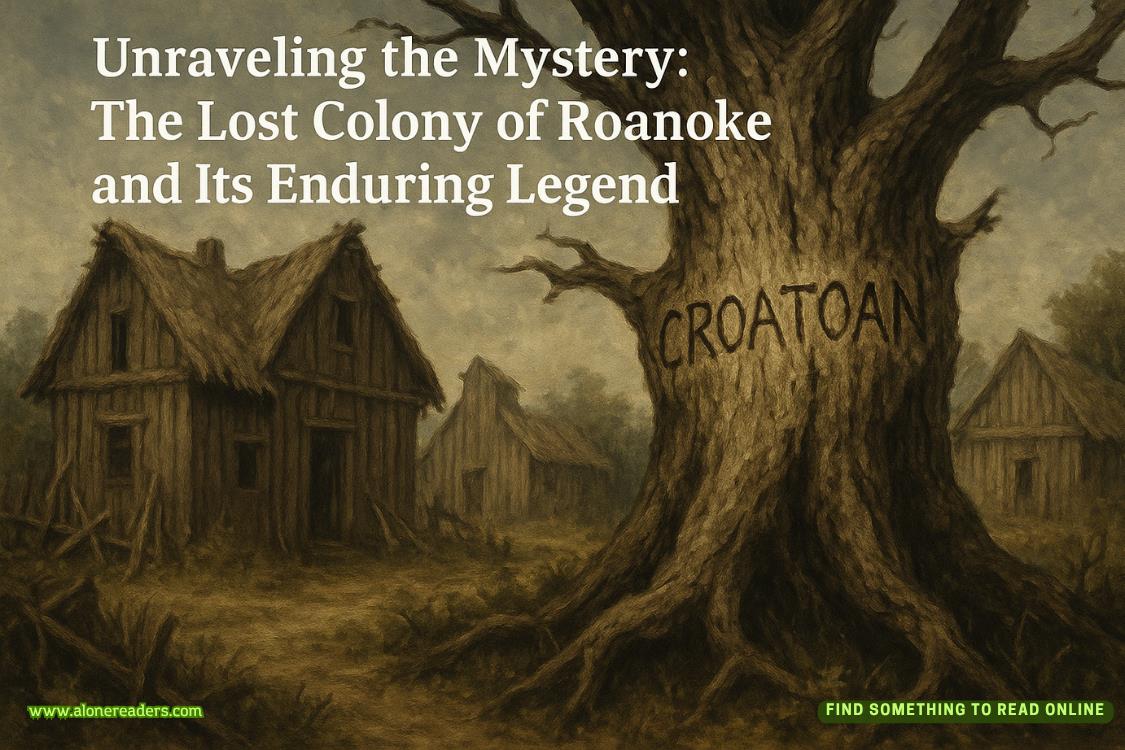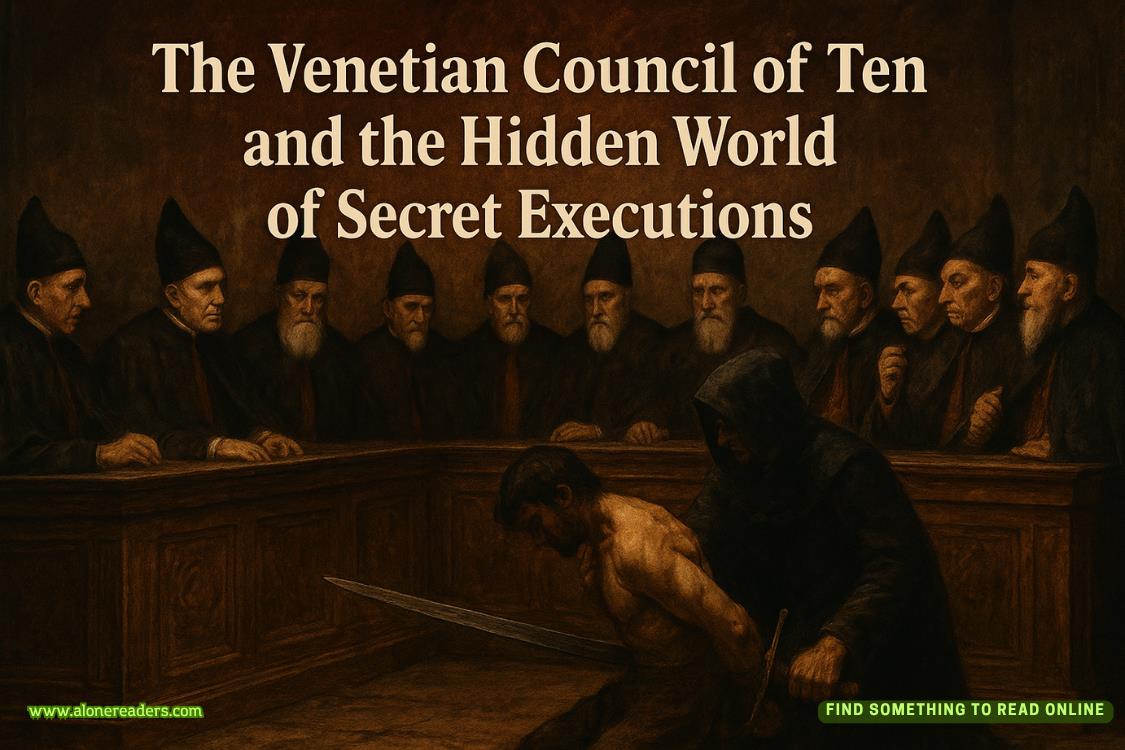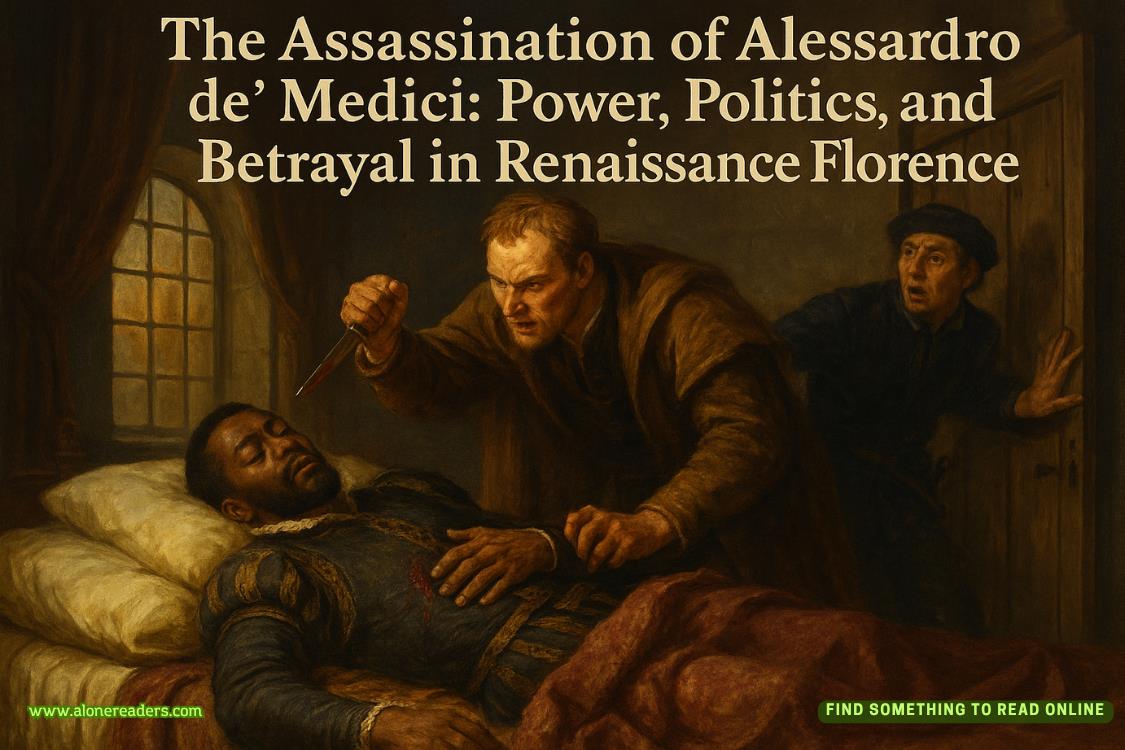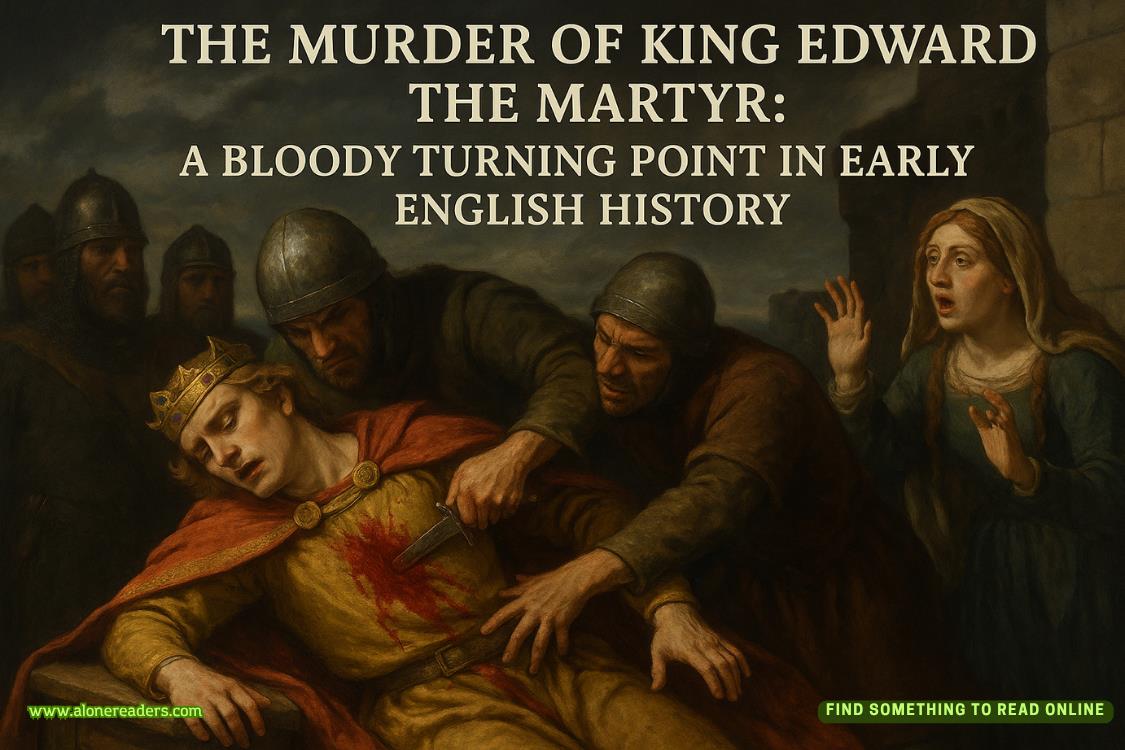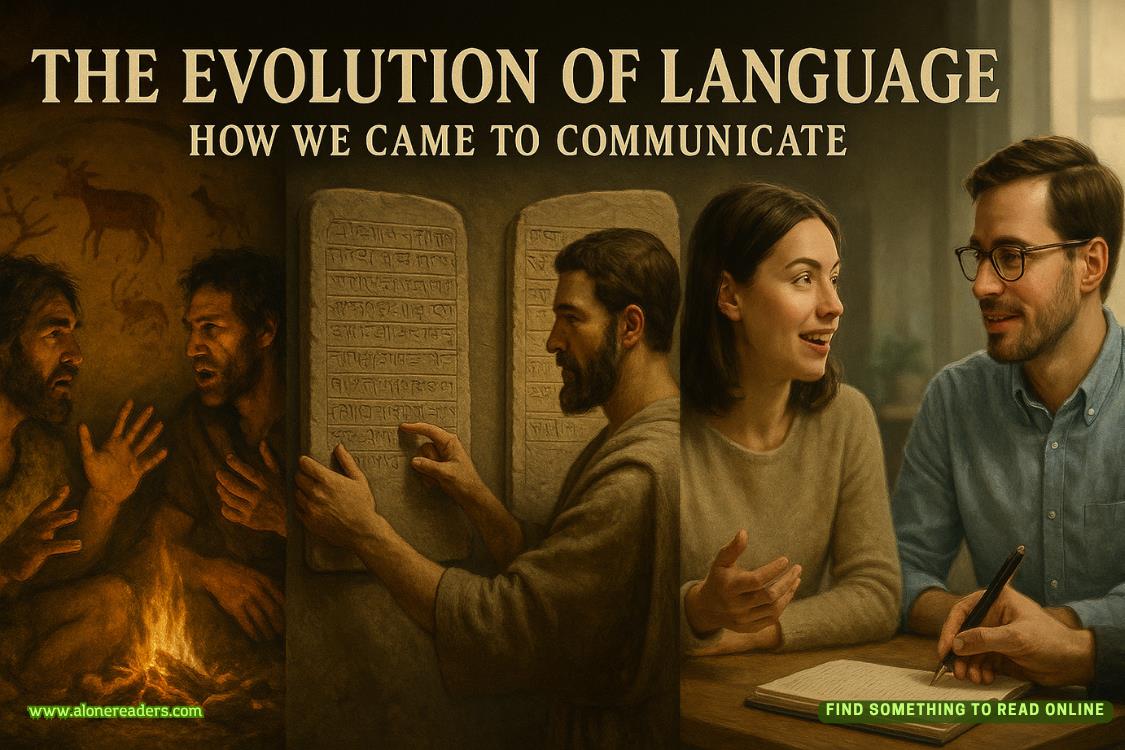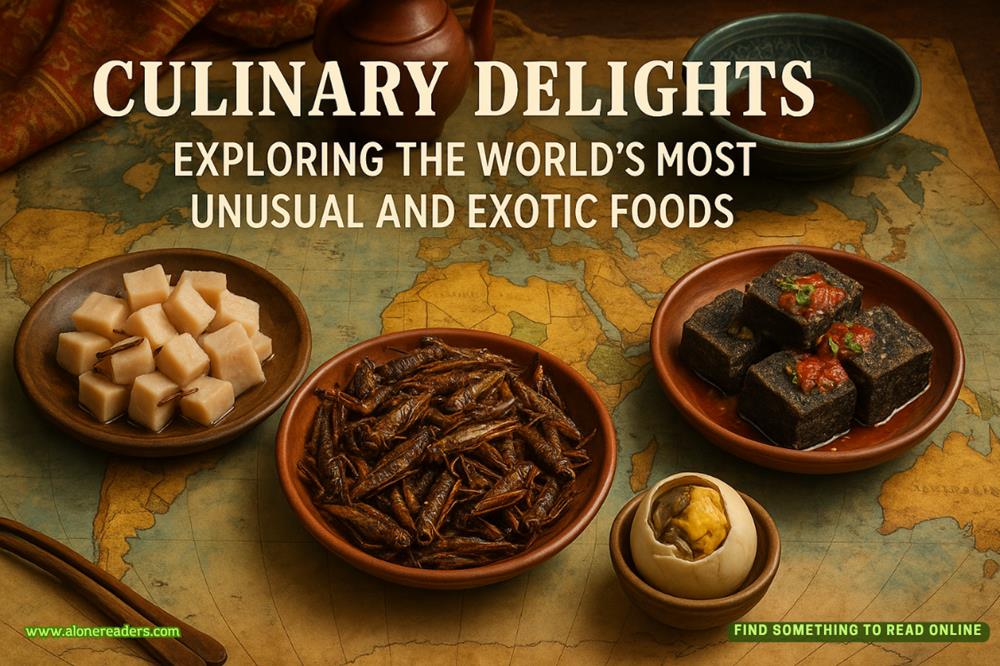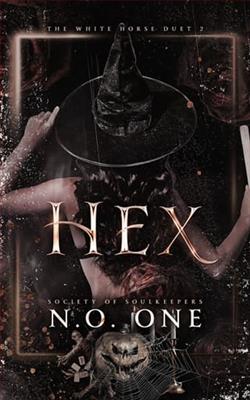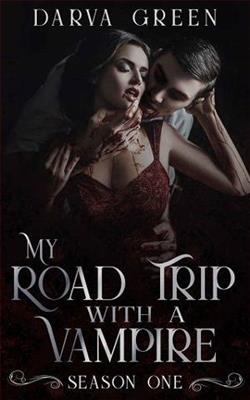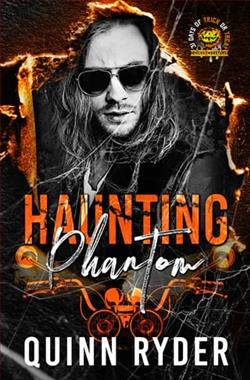Page 35 of The Bread We Eat in Dreams
One year, some reality TV folks came up from New York to document our little pageant. Good kids—a little skinny, always wearing sunglasses and smoking, hair slicked up like it was 1950 and them ready for a drag race down by the river. The world is what it is. And the world likes to gawk—small town Maine holds their annual alpha female finding mission, claws come out, horns sprout from the brows of the eligible county maidens. We understand—if it weren’t compelling, we’d have found another way. We’ve had a long time to sort it all out.
We don’t hold with anything too immodest, even in the Blossom of the Deep competition. No bikinis, purple or otherwise. The girls have to make their costumes themselves, with needle and hook and glue. They knot seashells in their belts and stick rhinestones in the corners of their eyes. Polished crab claws holding back their braids. Painted fish, all in a row along their long arms, turning and turning like a silvery school glimpsed beneath a wave. I remember back in ‘74, Annie Gandham made her mermaid tail out of silk and bits of sea glass—she sparkled in the sun, strands of black pearls hanging in long loops from her neck to her knees.
Oh, Annie, not till the century changed did we see a candidate as sure as you. We had such hopes.
The film kids said this was all a metaphor for the sacred marriage between the earth and the sea. They said primitive cultures practiced it all over the world in one form or another. They said we wouldn’t know on a conscious level what this was all about, but that down deep, where folklore lives, it was this old story playing out in Wiscasset every May. Give someone a camera and they think they know everything.
The Blueberry Bride portion of the pageant takes place at the American Legion on a Sunday afternoon. The girls show their love of our wild blueberries in the form of pies and tarts and ice creams, cakes and tortes and cupcakes thick with lavender buttercream icing, muffins dusted with violet sugar, pancakes piled up like pyramids, syrups and compotes and jams. In ‘88, Cora Brackett brought blueberry liquor in a crystal bottle half as long as her arm. Some debate ensued as to the morality of allowing spirits into the competition. Doesn’t that decide the whole thing then and there—the girl who’d distill alcohol from the innocent berry more or less inculpates herself. But in the end the mayor and his assistant judges had to recuse themselves on account of rather overdoing their enjoyment of the fruits of the Blueberry Brides, and, insensate with pie and liquor, napped through the rest of the afternoon.
In the late nineties, a few boys were allowed into the pageant. After all, Wiscasset produces quite as many beautiful men as women, and in every clutch of young flowers there is a sensitive boy or two who knows how to bake a blueberry tart and has the musculature to pull off a merman tail. In northern Maine, these roses don’t always last long, or stick around, so we saw nothing amiss in allowing them to wear purple suits and fold butter into flour. The TV folks were interested in that, but we haven’t had a boy line up in front of the clock-tower for years now. Their fathers don’t like it, mostly. They keep their sons in their houses after the frost, refuse the call. No one approves—you can’t keep them hidden forever. If they have the inclination, well, it will come out, sooner or later. Better to let the process do its good work.
Anyway, the talent competition is where it all sort of hangs out. It was difficult, when the filmmakers were here, sticking their long black lens into everyone’s faces and asking them how they feel about the pageant, about proto-Celtic folklore, about history better left alone.
The girls take the stage one by one—the stage being a plywood rise set up in the woods outside of town, in a clearing we all know too well. They dress conservatively—black dresses, high collars. Even a bit of lace at the wrist is too distracting to be allowed. No music, only the wind in the trees and the birds singing. But they don’t sing much. Each girl stands by a black table. On it lies a bit of splintered wood, scorched at one end, a length of rope, a jug of water. They place their hands over the items. Some
times they cry. Sometimes they shake so hard you can hear their teeth chattering. Sometimes nothing happens. Once, in ‘51, Sarah Cottonly’s nose started bleeding, so bright and so red in the sunny glade. We’re waiting for something. Maybe we don’t even know what it would look like. Not a bloody nose. Not a girl crying in the forest like her mother’s died.
The TV people didn’t film that, of course. It couldn’t be borne. Couldn’t be explained. Why yes, those are implements used in…folklore of times long gone, when folk got over-excited. When they didn’t have a process. Why do you ask?
We set up a show for the TV folks. Girls with batons. Girls with flutes. Girls on the balance beam. Girls reciting Poe. Girls with sparklers in their hands and red, white, and blue boots clicking out the Declaration of Independence in morse code. We all laughed and clapped along—how delightful, to see them glowing with healthy sheens of sweat, the sun in their hair like tiaras crowning them all. And we went to the woods at night that year. And they stood at the black table one by one by one. Some cried. Some shook. Mostly nothing. In the end it was a meager year.
What is a crown? When the cameras are on, it’s a couple of tiers of cubic zirconia in pale violet and deep blue, a cluster in the center just the shape of a berry with green gem leaves curling around the lucky girl’s head.
When they’re off, it looks a lot more like a noose.
I know what you’re thinking. But it’s not like that. Salem was a bad horror movie. They were so innocent back then. They thought you could wind up with a dozen witches in a generation, more. All dancing together under the moon in a forest bare of leaves. In Wiscasset we know better. Witches are rare. If you’re lucky, you might find one, just one, among all the most beautiful, capable girls a town produces like a harvest of berries all in a basket. You can’t find them by asking a bunch of twelve year olds which cruel old lady they despise the most, which pretty maid has earned their ire. You have to have a process. You have to know how to flush them out. And even if all you find is a really top-notch blueberry torte with white chocolate ganache, even if all you find is a mermaid with purple glitter on her eyelids, you give her the crown for the cameras, the glittering false gems, because she deserves something for all that.
But maybe once in a hundred years, or two hundred, or three, a girl with black pearls draped over her like rosaries, a girl with a blueberry tart in her hands like a violet, sea-drenched heart, a girl with her hand poised over a cairn of burned, splintered wood that once bore the weight of a woman until her neck snapped—one girl in a thousand girls will look up from the black table and her eyes will fill up with a terrible, wonderful light. The black of her dress will go indigo with berry juice, the blood of the earth that bore her, and she will smile because she understands everything, all together, all at once. We will have found one, one witch among the humans, one drop of old Puritan blood burning through her like the name of God whispered three times.
And we will put a noose around her neck. Out of sight of cameras hungering for reality, out of sight of Salem, out of sight of the world. Not to kill her, but to crown her, as the past always crowns the present, as the unhappy dead blesses the living, as the relic of old shame must be rehabilitated, made new, made good again.
Towns can be cruel, and vicious—and sorry. In the wood, in the clearing, in the sun, we will one day find her and crown her and keep her: our own witch, the witch of Wiscasset, the Blueberry Queenof Maine.
In the Future When All's Well
These days, pretty much anything will turn you into a vampire.
We have these stupid safety and hygiene seminars at school. Like, before, it was D.A.R.E. and oh my god if you even look crosswise at a bus that goes to that part of town you will be hit with a firehose blast full of PCP and there is nothing you can even do about it so just stay in your room and don’t think about beer. Do you even know what PCP looks like? I have no idea.
I remember they used to say PCP made you think you could fly. That seems kind of funny, now.
Anyway, there’s lists. Two of them, actually. On the first day of S/H class, the teacher hands them out. They’re always the same, I practically have them memorized. One says: Most Common Causes. The other says: High-Risk Groups. So here, just in case you ditched that day so you could go down to that part of town and suck on the firehose, you fucking slacker.
Most Common Causes:
Immoral Conduct
Depression
Black Cat Crossing the Path of Pregnant or Nursing Mother
Improper Burial
Animal (Most Often Black) Jumping Over Grave, Corpse
Bird (Most Often Black) Flying Over Grave, Corpse
Butterfly Alighting on Tombstone
